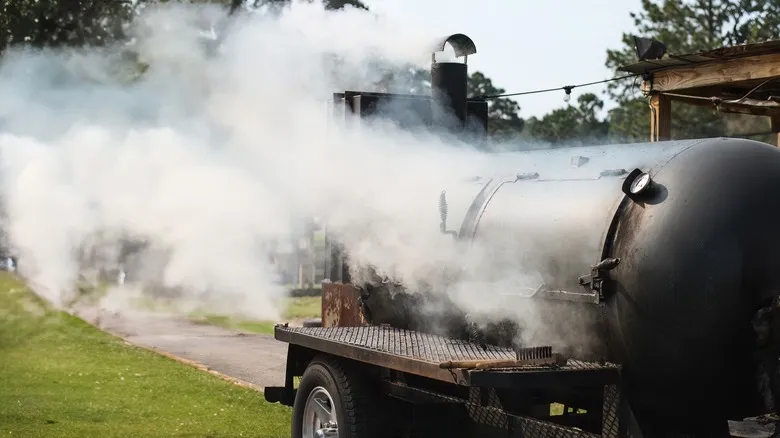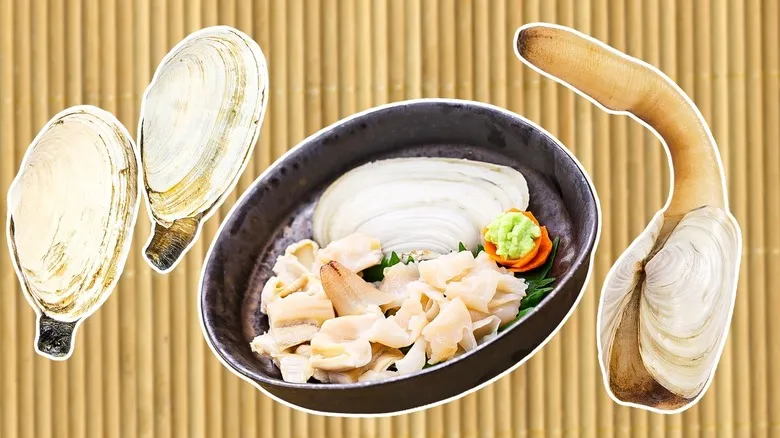What is liquid smoke?

Liquid smoke is precisely what its name implies: smoke transformed into a liquid form. It is produced by burning wood chips, similar to those used to convert a grill into a smoker. Common wood types include hickory, applewood, and mesquite, all of which are traditional favorites in barbecue restaurants. As the wood combusts, it generates smoke, which is then collected and cooled to condense into a liquid. After filtering out any residual ash, the resulting liquid smoke is ready to be bottled and sold.
Liquid smoke is typically very affordable, priced around two dollars per bottle. Additionally, a single bottle can last for years since it is highly concentrated, requiring only a few drops in any recipe. However, exercise caution when purchasing liquid smoke, as not all brands are of equal quality. Some may contain extra flavorings and colorants, such as molasses and caramel. For the most authentic smoky taste, choose a brand that consists solely of smoke and water.
How to use liquid smoke in chili and other dishes

It's important to recognize that liquid smoke is a somewhat divisive ingredient. Critics claim that it serves as a shortcut that fails to replicate the authentic flavor produced by traditional smoking methods, while supporters argue that the difference is hardly noticeable. The key is to remember that a small amount can have a significant impact, and to avoid allowing the liquid smoke to dominate the dish. When used correctly, it can enhance the overall flavor profile, particularly by highlighting the spices in chili and similar dishes. This ingredient is especially beneficial in vegetarian recipes, such as a three-bean chili, where it adds a rich umami flavor that typically comes from meat.
Beyond chili, liquid smoke can be incorporated into any recipe where you desire a hint of smokiness without the need for actual smoking. You can create home-friendly versions of barbecue favorites like pulled pork using a slow cooker, Instant Pot, or sous vide, but they won't achieve the same smoky depth you'd expect from a pitmaster unless you add a few drops of liquid smoke. The same principle applies when making homemade barbecue sauce. And if you're still thinking about chili, consider these additional secret ingredients to elevate your dish.
Recommended

The Condiment Shortcut You Need For Deliciously Quick Potato Salad

Geoduck: The Odd-Looking Shellfish That's Way Easier To Cook Than It Seems

Why You Need To Sharpen Your Knife Before Making Salads

The Secret To Juicy Fried Chicken Is Inside Your Liquor Cabinet
Next up

